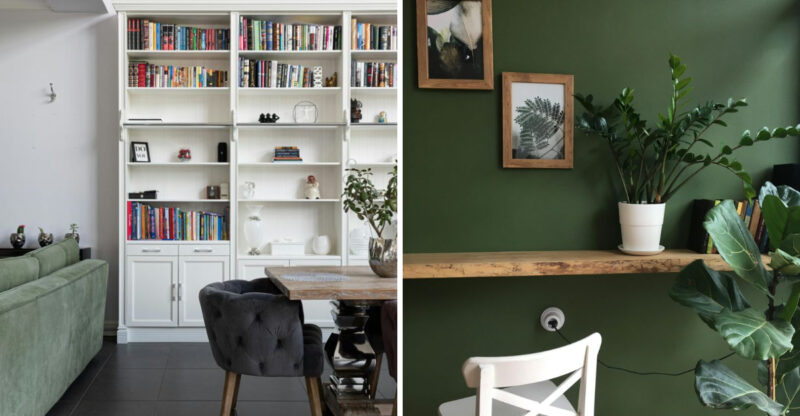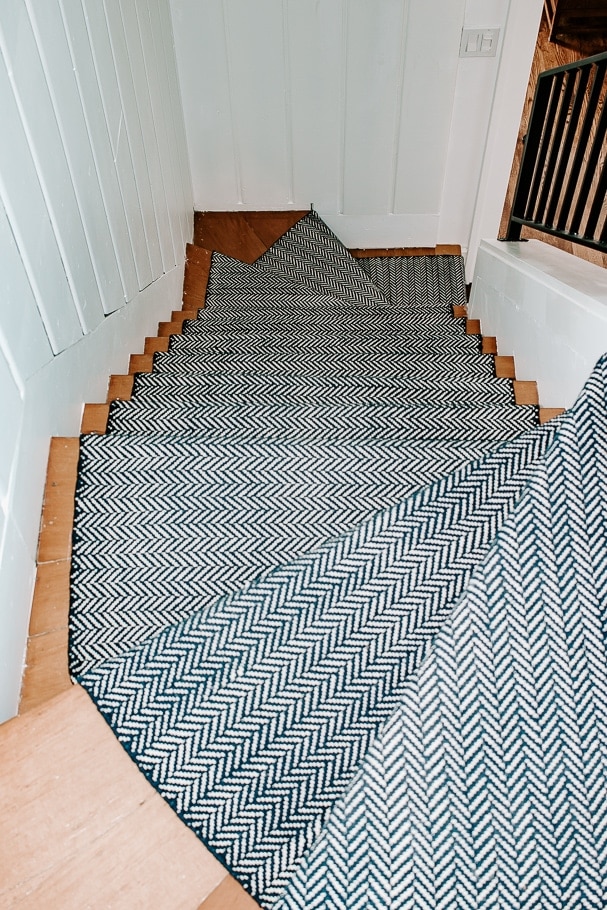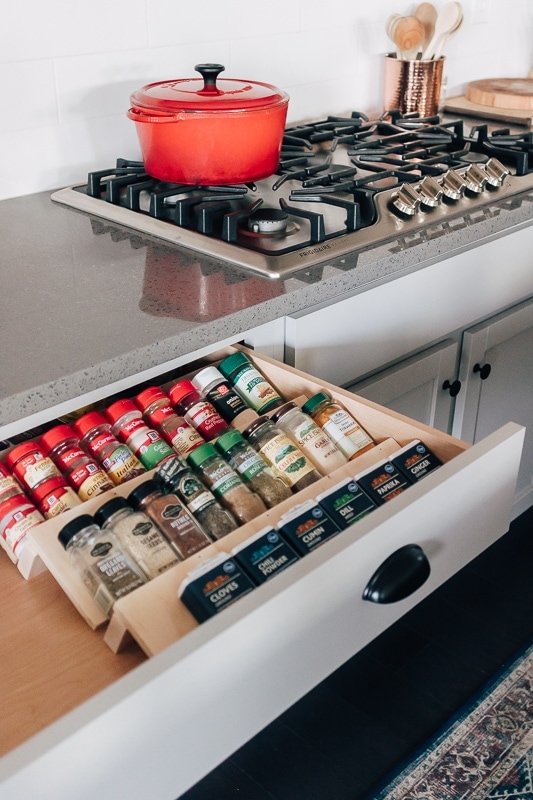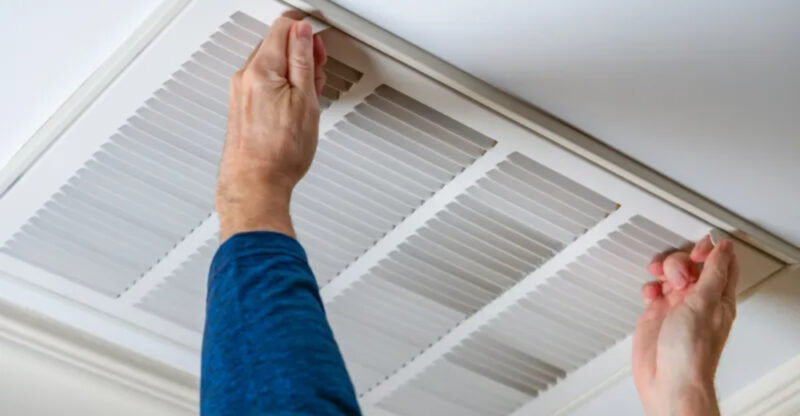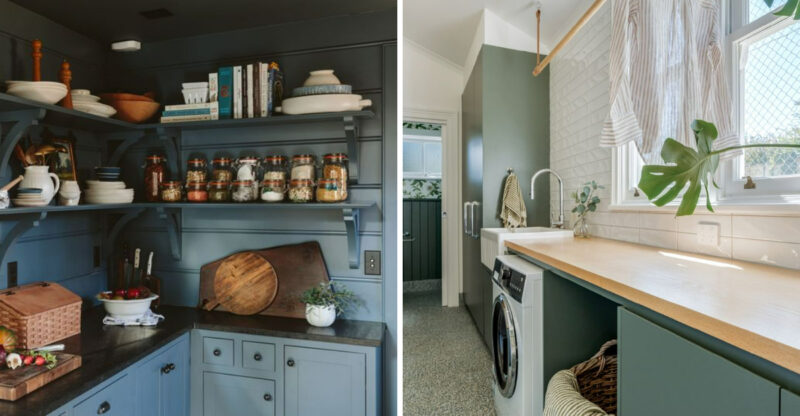Ohio Storage Mistakes That Can Ruin Your Décor Flow
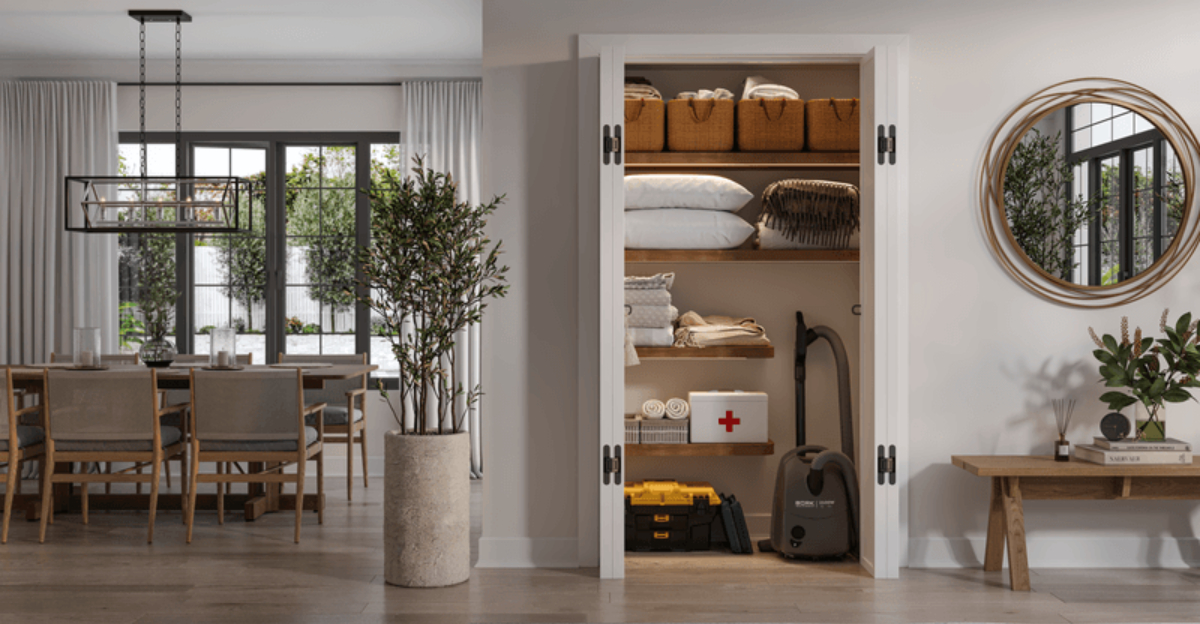
Clutter has a way of stealing attention, no matter how well a room is styled. The wrong storage choices can turn even the most thoughtfully designed spaces into areas that feel cramped or disconnected.
Smooth organization, on the other hand, supports both function and flow, allowing every piece of décor to shine.
In Ohio, where shifting seasons bring constant changes to household needs, storage becomes more than a convenience – it’s a cornerstone of design. The right approach balances practicality with visual harmony, ensuring that homes feel both organized and inviting year-round.
1. Overstuffing Entryway Closets
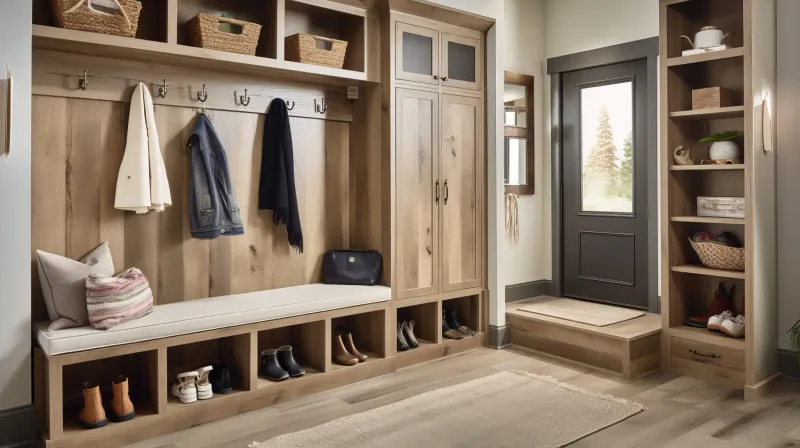
Cramming coats, boots, and seasonal gear into your front hall closet creates a mini avalanche every time guests arrive. The overflow often spills into your entryway, disrupting that crucial first impression of your home.
Consider rotating seasonal items to basement storage and installing proper hooks and organizers. Your entryway should welcome visitors, not overwhelm them with clutter.
2. Ignoring Basement Moisture Issues
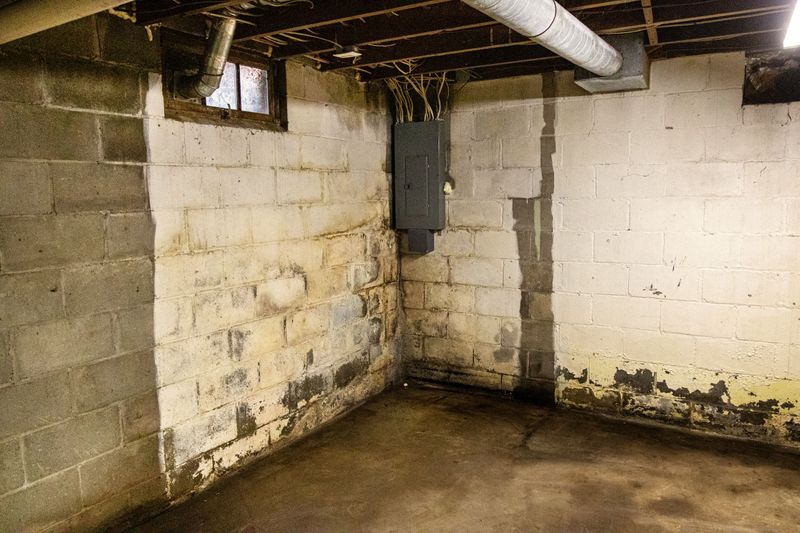
Ohio’s humid climate can wreak havoc on belongings stored in damp basements. Family photos, holiday decorations, and cherished keepsakes often fall victim to mold and mildew when proper moisture control is overlooked.
Invest in dehumidifiers and waterproof storage containers. Elevate items off concrete floors using pallets or shelving to protect your treasures and maintain their display-worthy condition.
3. Cluttering Open Shelving With Too Many Items
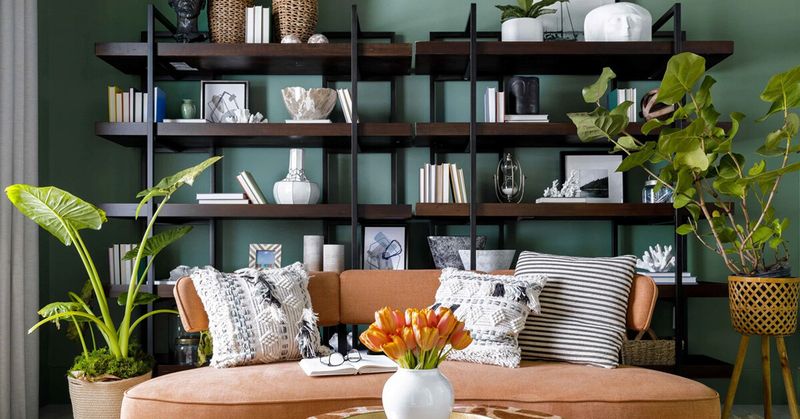
Those beautiful floating shelves quickly lose their charm when packed with knickknacks and random objects. Visual breathing room disappears when every inch of shelf space gets filled with mismatched collectibles.
Embrace the design principle of negative space. Select a few statement pieces that complement your room’s color scheme and style, allowing each displayed item to shine rather than compete for attention.
4. Using Oversized Storage Bins In Small Rooms
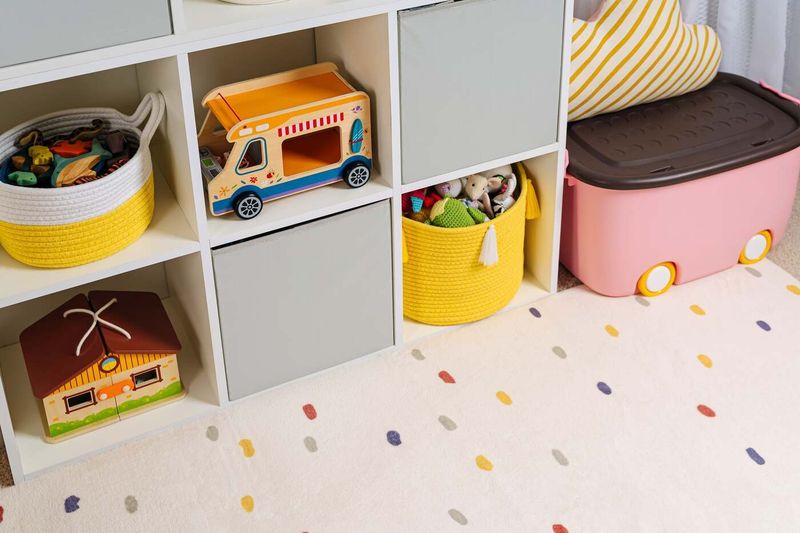
Giant plastic totes might seem efficient but can overwhelm modest Ohio bedrooms and living spaces. These bulky containers create awkward obstacles and make rooms feel significantly smaller than they actually are.
Scale matters in storage solutions. Opt for slimmer, stackable containers that fit under furniture or in closets. Multiple medium-sized bins often work better than one mammoth container in maintaining your room’s proportions.
5. Neglecting Attic Organization Systems
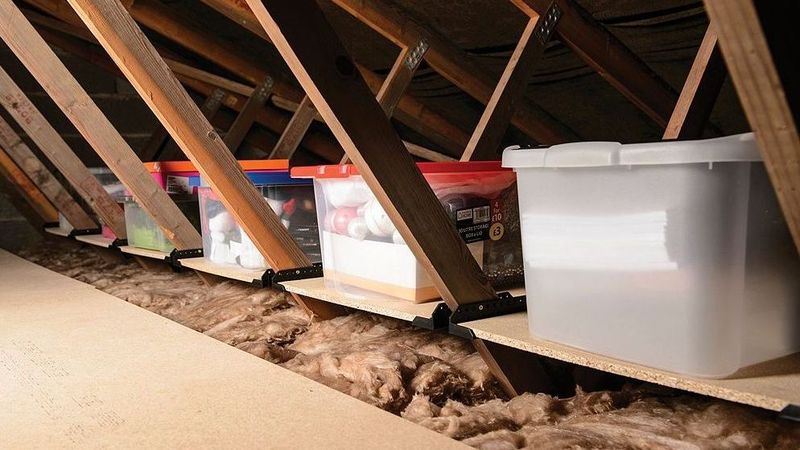
Attics become black holes where holiday decorations vanish until frantic searches months later. Without proper organization, these valuable storage spaces turn into frustrating labyrinths of forgotten possessions.
Create designated zones with labeled, clear containers. Install proper lighting and consider attic flooring for safer navigation. A well-organized attic becomes an extension of your home’s storage system rather than a chaotic dumping ground.
6. Hiding Frequently Used Items In Hard-To-Reach Spaces
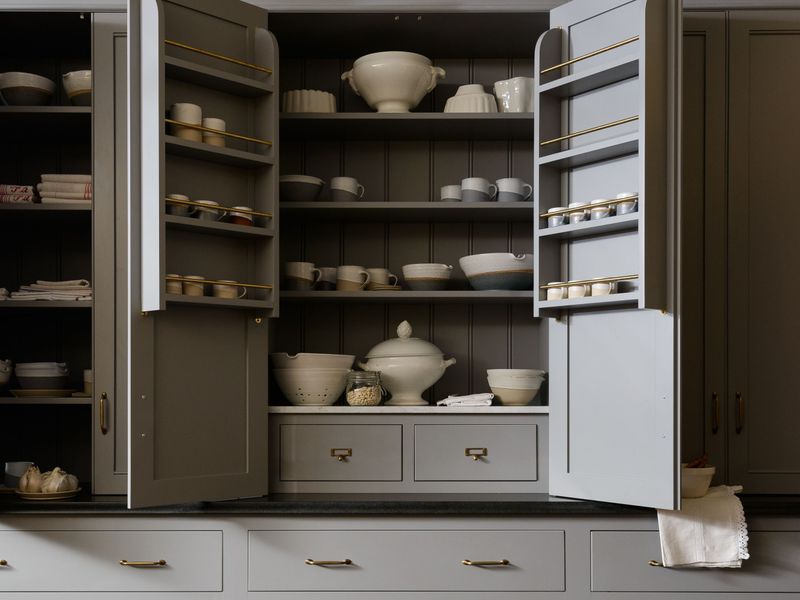
Stashing everyday essentials in remote cabinets creates daily frustration. Kitchen appliances buried in deep corner cabinets or cleaning supplies tucked behind holiday decorations lead to wasted time and mounting irritation.
Store items based on usage frequency, not just appearance. The things you reach for daily deserve prime real estate in your storage hierarchy, while rarely-used items can occupy those awkward, less accessible spots.
7. Relying On Plastic Totes In Living Areas
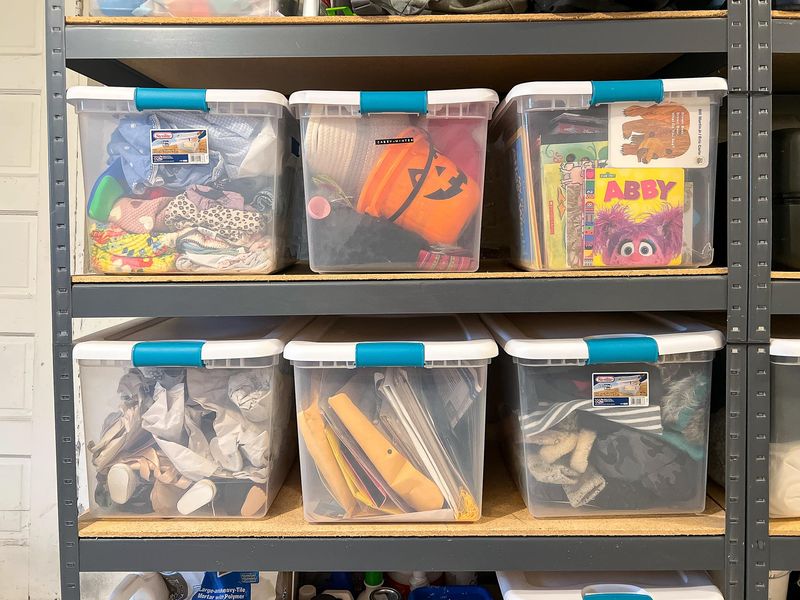
Nothing screams “temporary solution” like brightly colored plastic bins dotting your Ohio living room. These utilitarian containers instantly downgrade your carefully chosen décor and signal unfinished organization projects.
Swap utility bins for storage furniture and decorative baskets that complement your aesthetic. Attractive ottomans with hidden storage, vintage trunks, or woven containers maintain style while keeping essentials accessible and out of sight.
8. Blocking Natural Light With Tall Storage Units
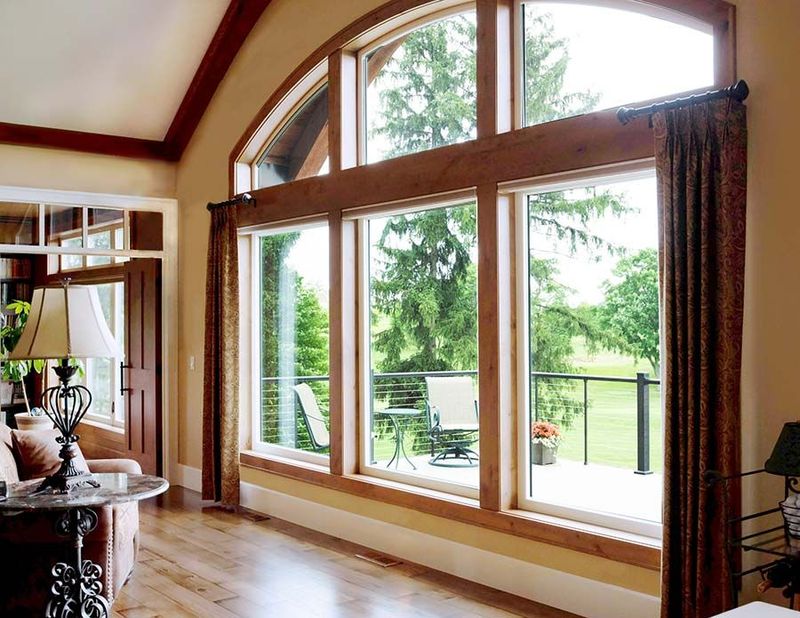
Bookcases and cabinets positioned directly in front of windows rob Ohio homes of precious natural light. During long winter months when sunlight is already limited, these light-blocking storage arrangements can make spaces feel unnecessarily dark and confined.
Rethink furniture placement to preserve light pathways. Lower storage pieces, glass-fronted cabinets, or open shelving allow sunlight to filter through while still providing organization for your belongings.
9. Mixing Inconsistent Storage Styles Across Rooms
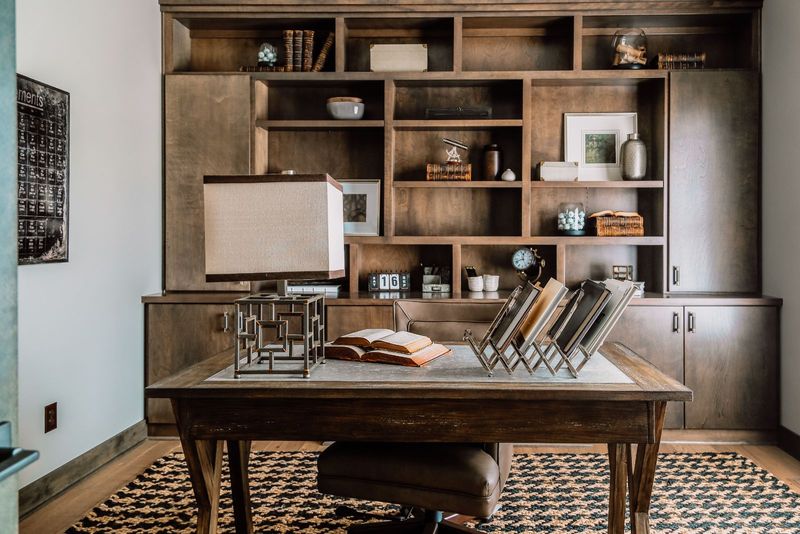
Wicker baskets in the living room, plastic bins in the bedroom, and metal organizers in the home office create a disjointed visual experience. This storage hodgepodge makes even well-decorated Ohio homes feel unintentionally eclectic and unplanned.
Develop a cohesive storage aesthetic throughout your home. Coordinating containers don’t need to match exactly, but should share complementary materials, colors, or styles to create visual harmony as you move from room to room.
10. Using Wire Racks That Distract From Décor
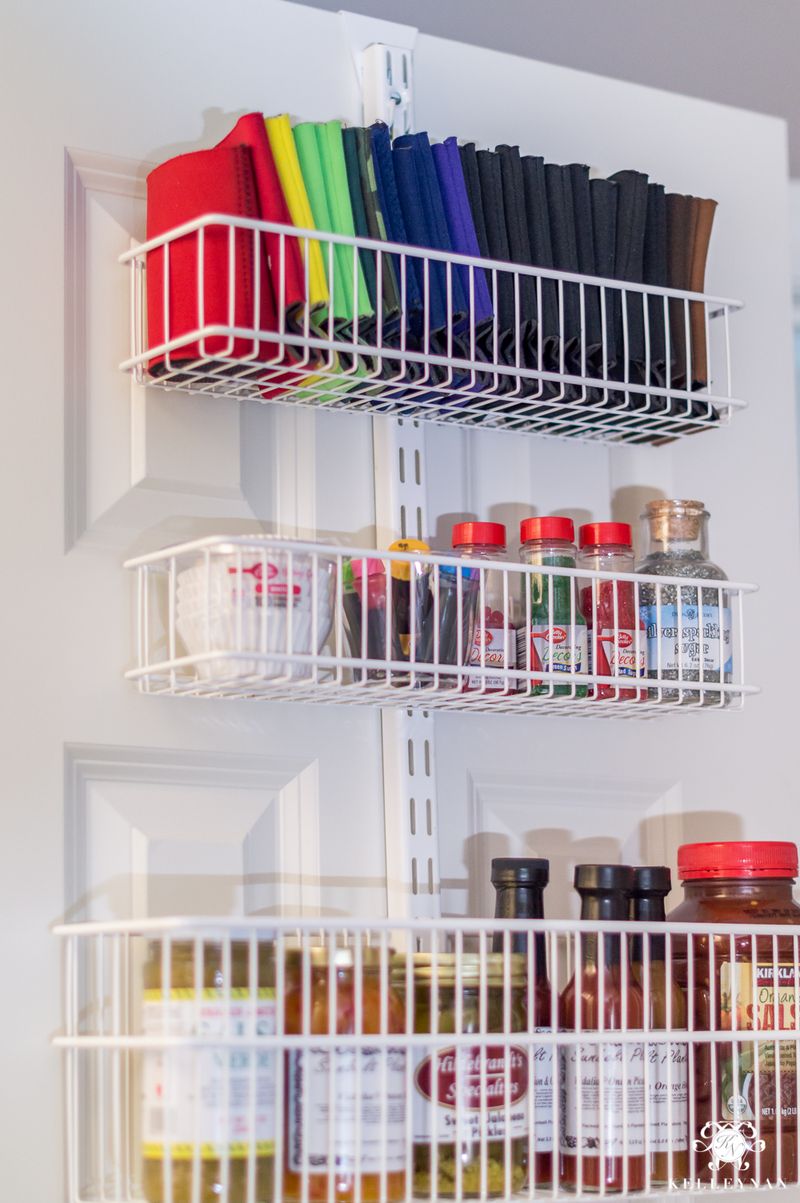
Utilitarian wire shelving units scream “college dorm” rather than “thoughtful home design.” These industrial-looking organizers create visual noise and clash with the warm, inviting atmosphere most Ohio homeowners try to cultivate.
Consider upgrading to wooden shelving or furniture-quality storage pieces. If budget constraints make replacement impossible, try creative solutions like fabric shelf covers or decorative bins that slide into wire shelving to disguise the institutional look.
11. Storing Seasonal Gear Without Proper Labeling
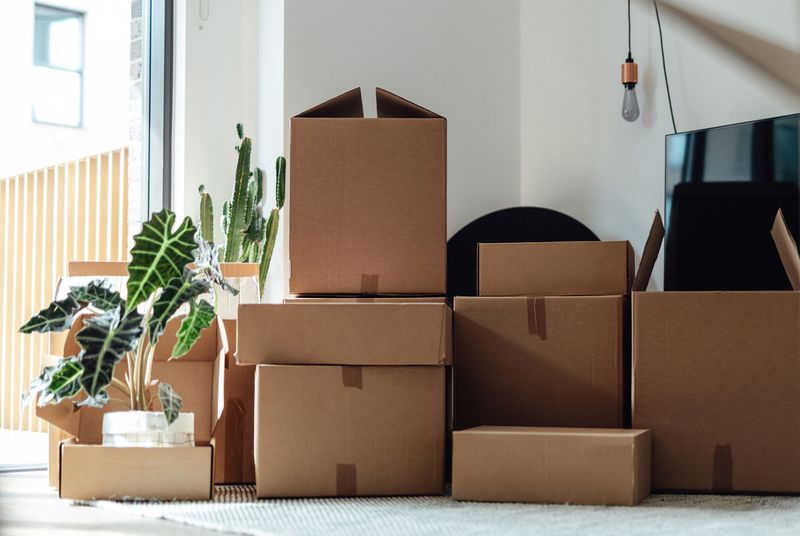
Digging through unmarked containers searching for holiday lights or summer camping gear wastes precious time. Ohio’s distinct seasons require frequent rotation of outdoor equipment and decorations that become frustrating treasure hunts without organization.
Create a simple labeling system with categories and contents listed clearly. Consider transparent containers for visual identification or color-coding by season. Your future self will thank you when December arrives and Christmas decorations are immediately locatable.
12. Filling Mantels With Non-Decorative Storage
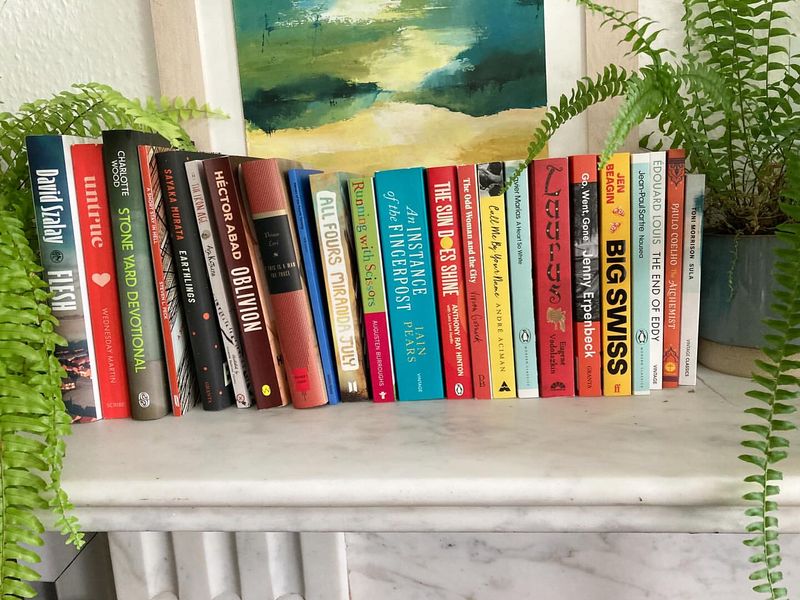
Fireplace mantels often become catchalls for mail, keys, and random household items. This prime decorative real estate in Ohio homes gets downgraded to glorified junk drawers, undermining the focal point of living spaces.
Reserve mantels for intentional styling with carefully chosen décor pieces. Create designated spots elsewhere for everyday essentials, keeping this architectural feature as the statement piece it was designed to be.
13. Keeping Garage Items In Indoor Spaces
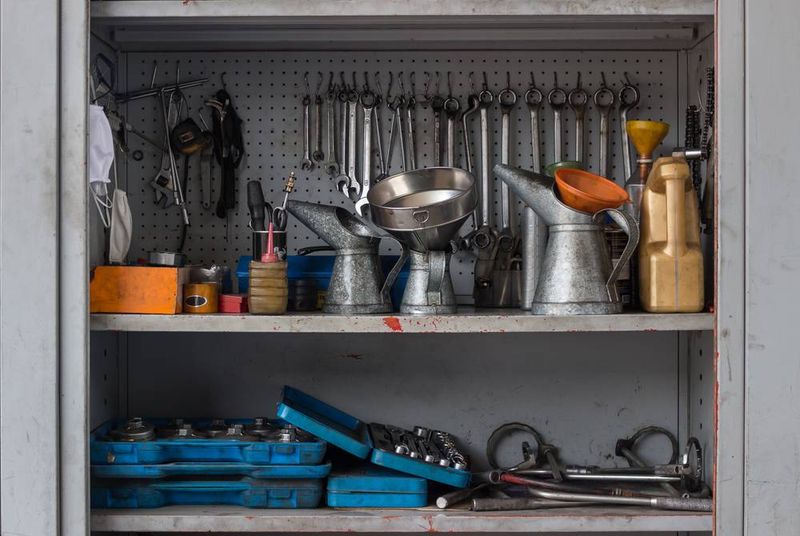
Garden tools leaning in the kitchen corner or sports equipment piled in the dining room create instant décor disruption. When garage overflow invades living spaces, your home’s function and style both suffer noticeably.
Maximize garage organization with wall systems and overhead storage. If space truly limits garage capacity, consider decorative storage solutions that conceal utilitarian items when they must live indoors.
14. Forgetting To Maximize Under-Bed Storage
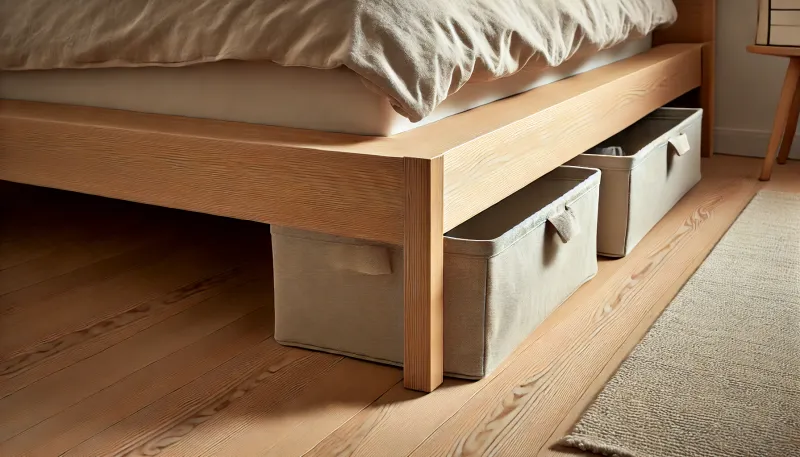
Valuable square footage goes wasted when the space beneath beds remains empty or disorganized. Ohio homes with limited closet space particularly benefit from this often overlooked storage opportunity.
Invest in proper under-bed containers with wheels for easy access. Store seasonal clothing, extra bedding, or rarely used items in these hidden spaces. The streamlined look of clutter-free bedrooms creates a more peaceful atmosphere for rest.
15. Using Mismatched Baskets That Clash With Interiors
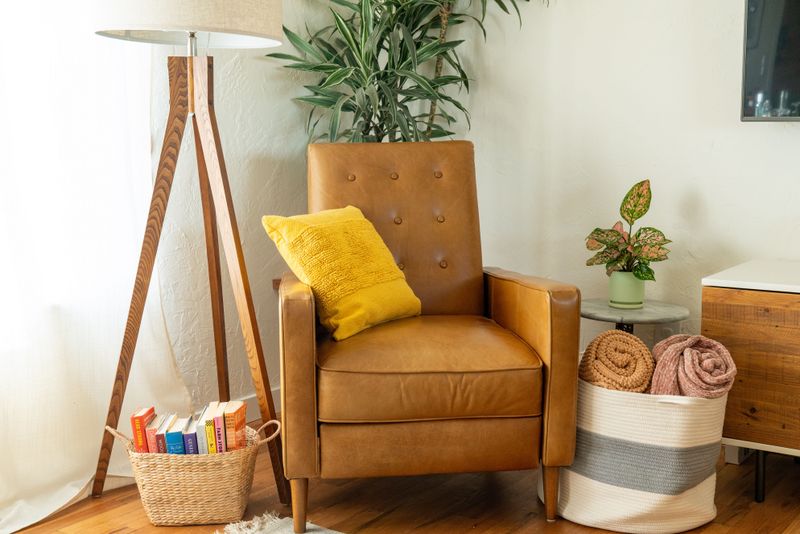
Random storage baskets collected over time create visual discord when their styles, materials, and colors fight with your established décor scheme. What should be attractive storage becomes an eyesore disrupting your home’s aesthetic flow.
Choose storage containers that function as design elements themselves. Coordinate basket materials and colors with your existing palette and style. Storage should enhance your décor rather than requiring visual forgiveness.
16. Allowing Paperwork Piles To Take Over Surfaces
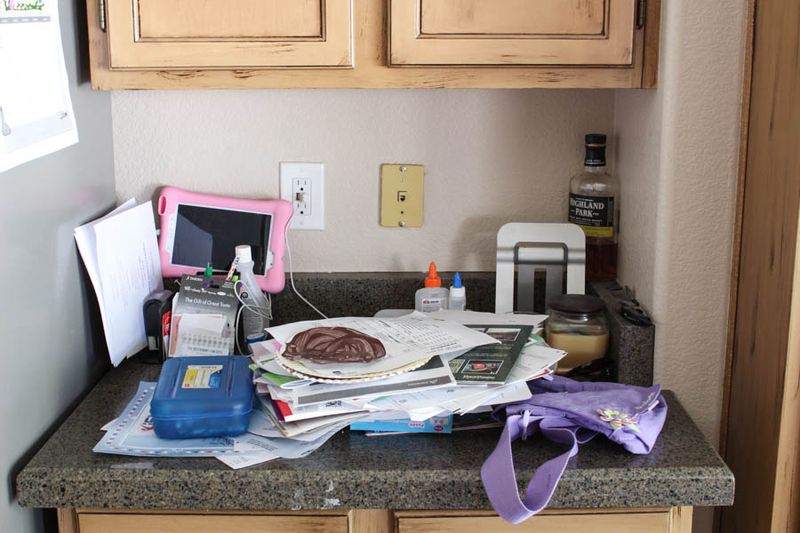
Mail, school papers, and work documents create visual noise when allowed to accumulate on countertops and tables. These paper mountains become the unintentional focal point of Ohio kitchens and living spaces instead of your thoughtful décor elements.
Establish a dedicated paper management system with sorting bins and regular filing time. Decorative document boxes or stylish magazine files can contain necessary papers while maintaining your design aesthetic.
17. Underestimating The Value Of Vertical Wall Storage
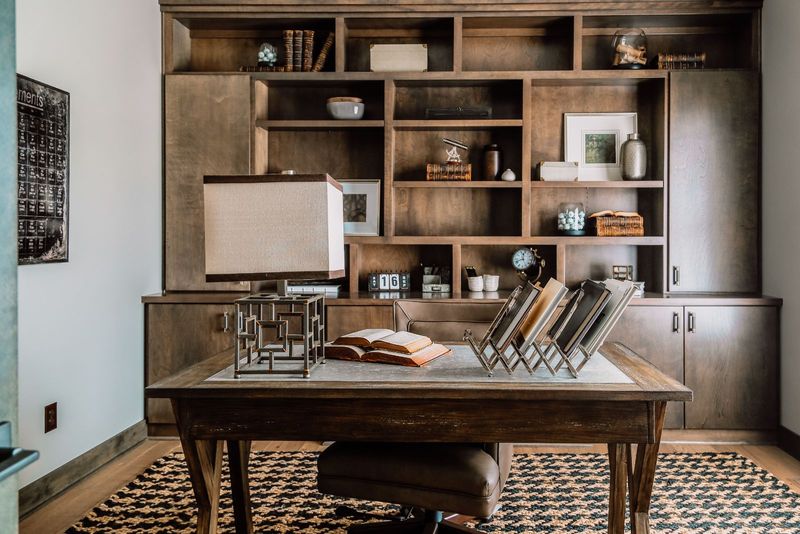
Ohio homeowners often focus on floor-based storage while ignoring walls as valuable organization real estate. This oversight crowds floor space and creates a bottom-heavy room appearance that feels unbalanced and cluttered.
Incorporate floating shelves, wall-mounted cabinets, or decorative hooks to elevate storage literally and figuratively. Vertical solutions free up floor space while creating visual interest that enhances rather than detracts from your décor vision.
18. Storing Bulky Blankets Without Decorative Solutions
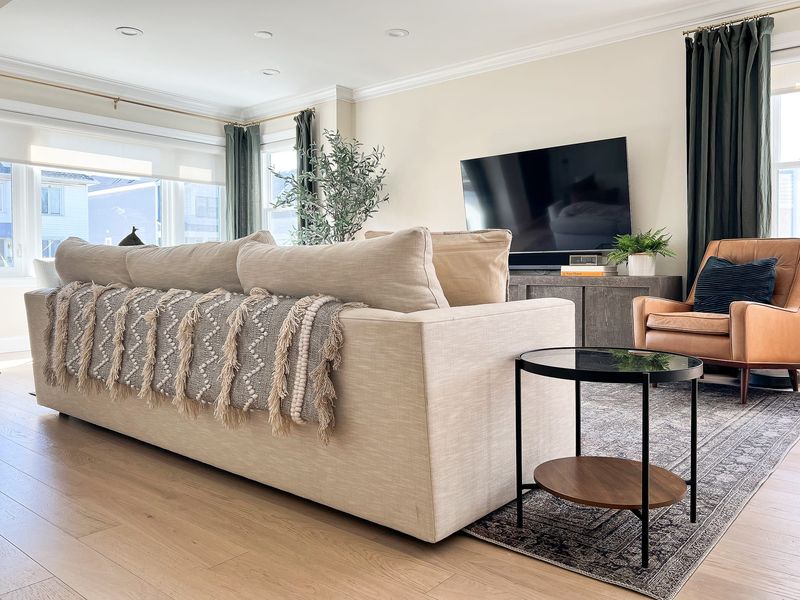
Bulky blankets often end up piled on couches or shoved into closets, creating clutter instead of comfort. The right storage can turn these everyday items into intentional décor.
Ladder racks provide vertical display space, while woven baskets or hampers keep throws accessible near seating areas. You can also fold blankets neatly on ottomans or benches for a styled, layered look.
19. Leaving Utility Storage Exposed In Main Rooms
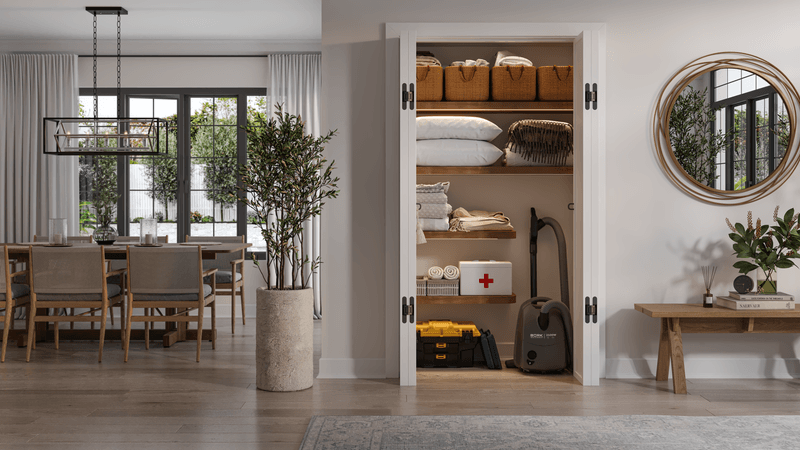
Cleaning supplies, pet food, or utility items stored visibly in living areas immediately downgrade your décor efforts. These everyday necessities create visual clutter that distracts from the atmosphere you’re trying to create in your Ohio home.
Hide functional items inside cabinets or decorative containers. Transfer products to matching dispensers or bins that coordinate with your décor when open storage is unavoidable. Function doesn’t have to sacrifice form.
20. Ignoring Customized Storage For Historic Ohio Homes
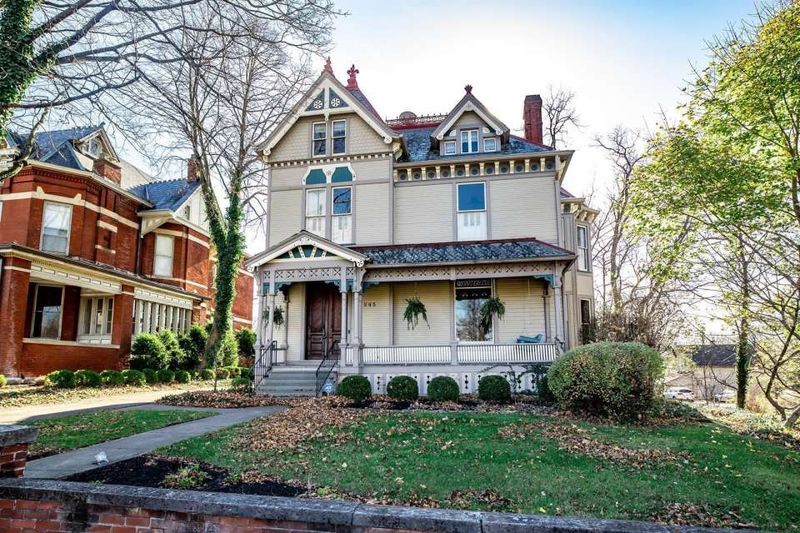
Forcing modern storage solutions into historic Ohio homes often creates awkward arrangements that respect neither the architecture nor your belongings. Character-rich older homes need thoughtful approaches to organization that honor their unique features.
Embrace custom solutions that work with architectural quirks rather than against them. Built-ins designed for odd nooks or furniture pieces scaled appropriately for historic proportions preserve your home’s charm while meeting modern storage needs.

